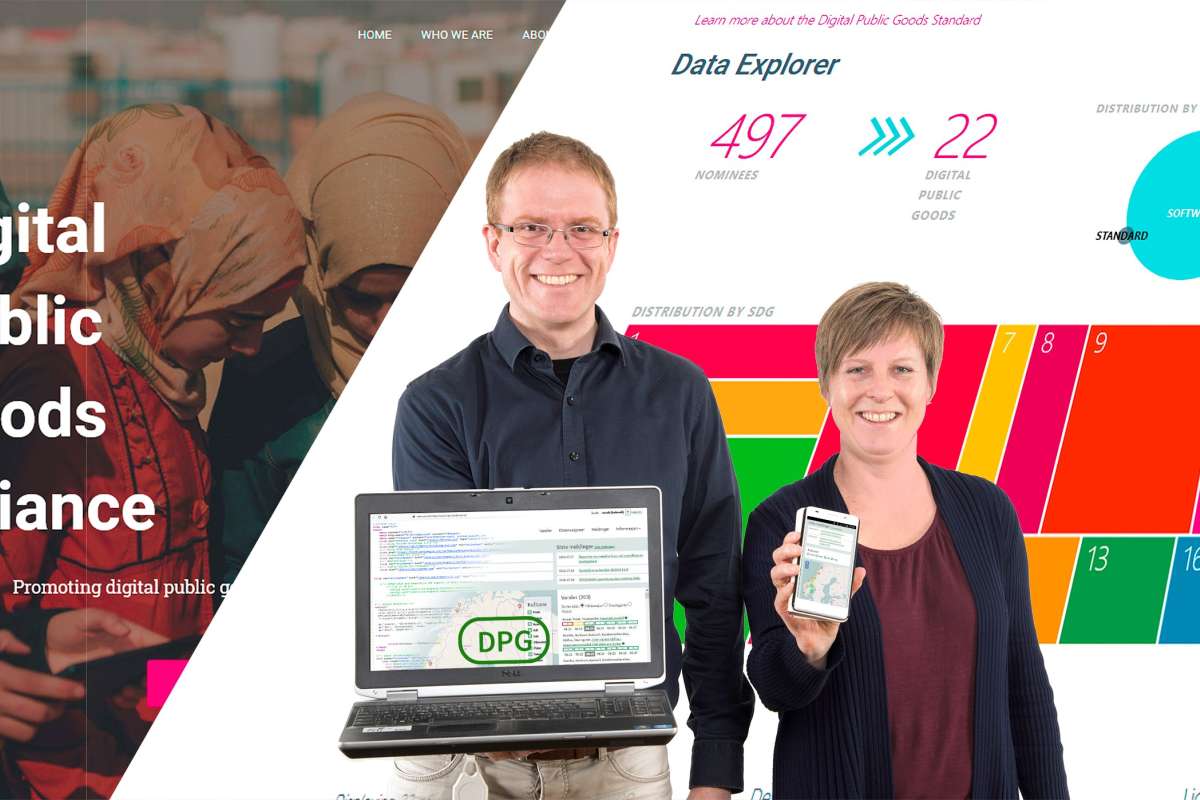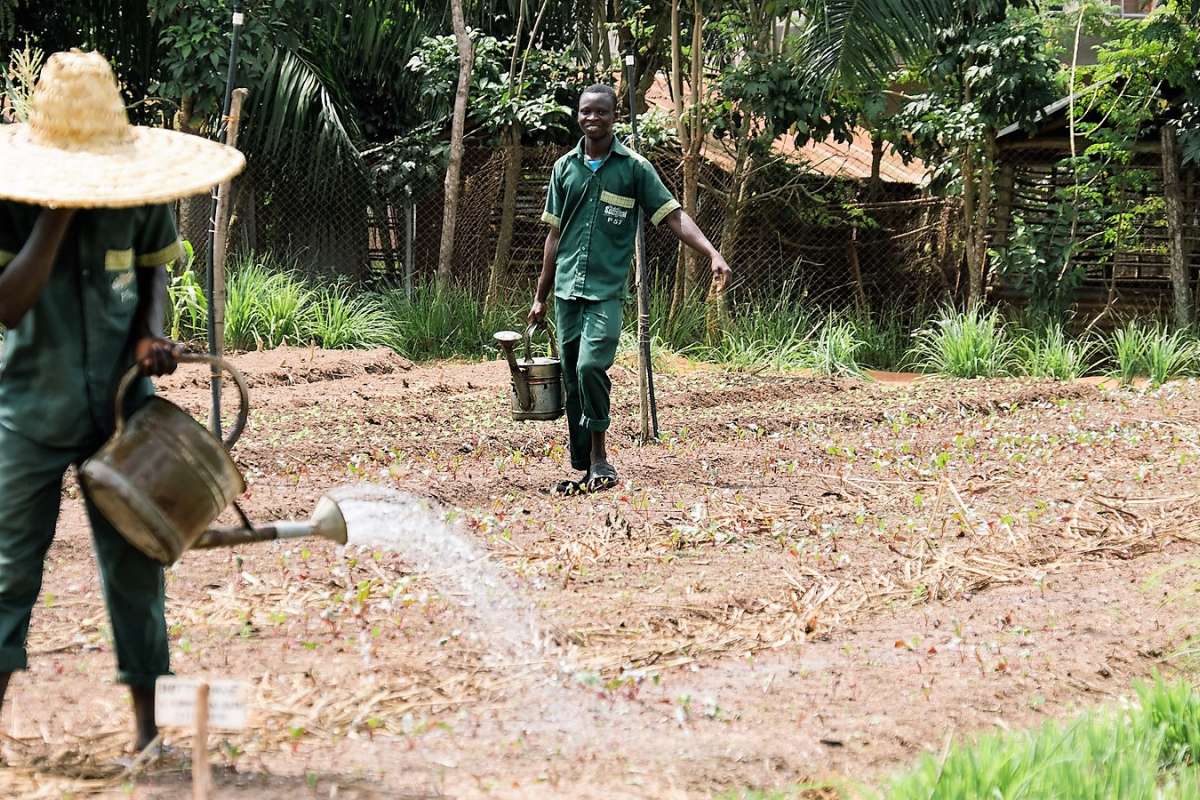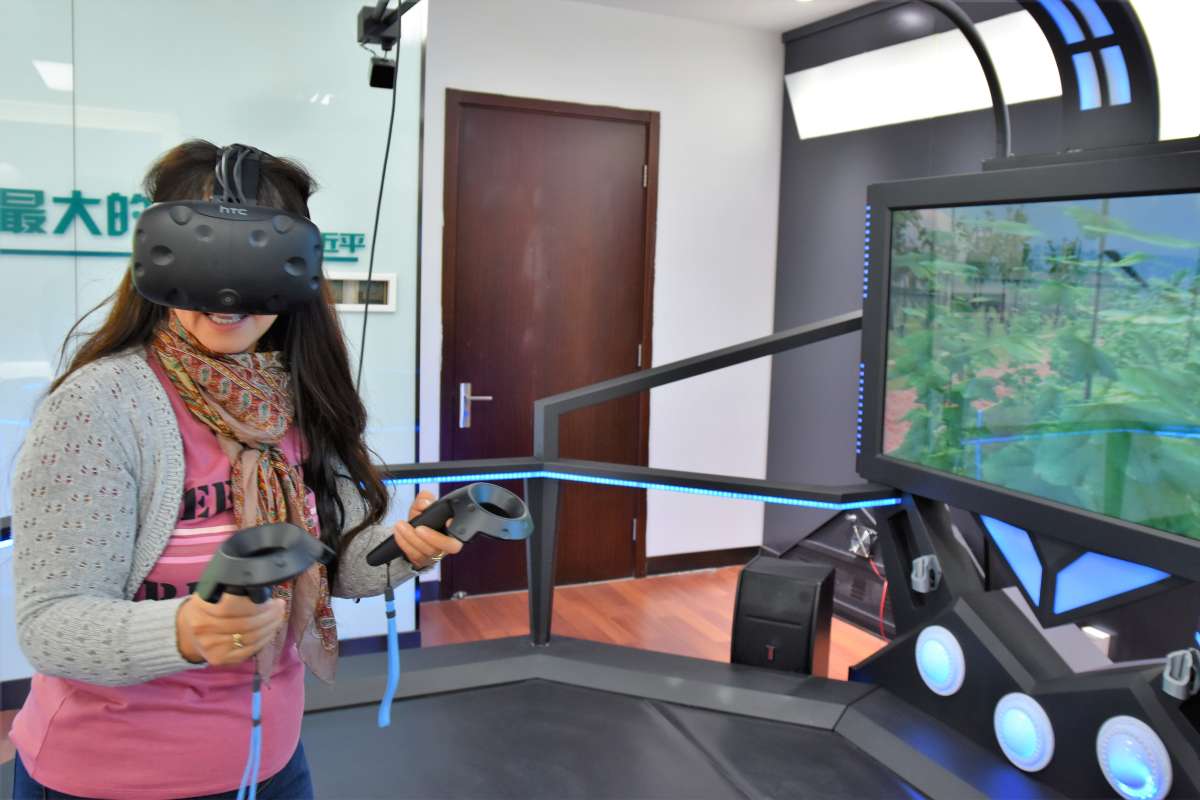Innovative digital plant health service to improve food security in Malawi
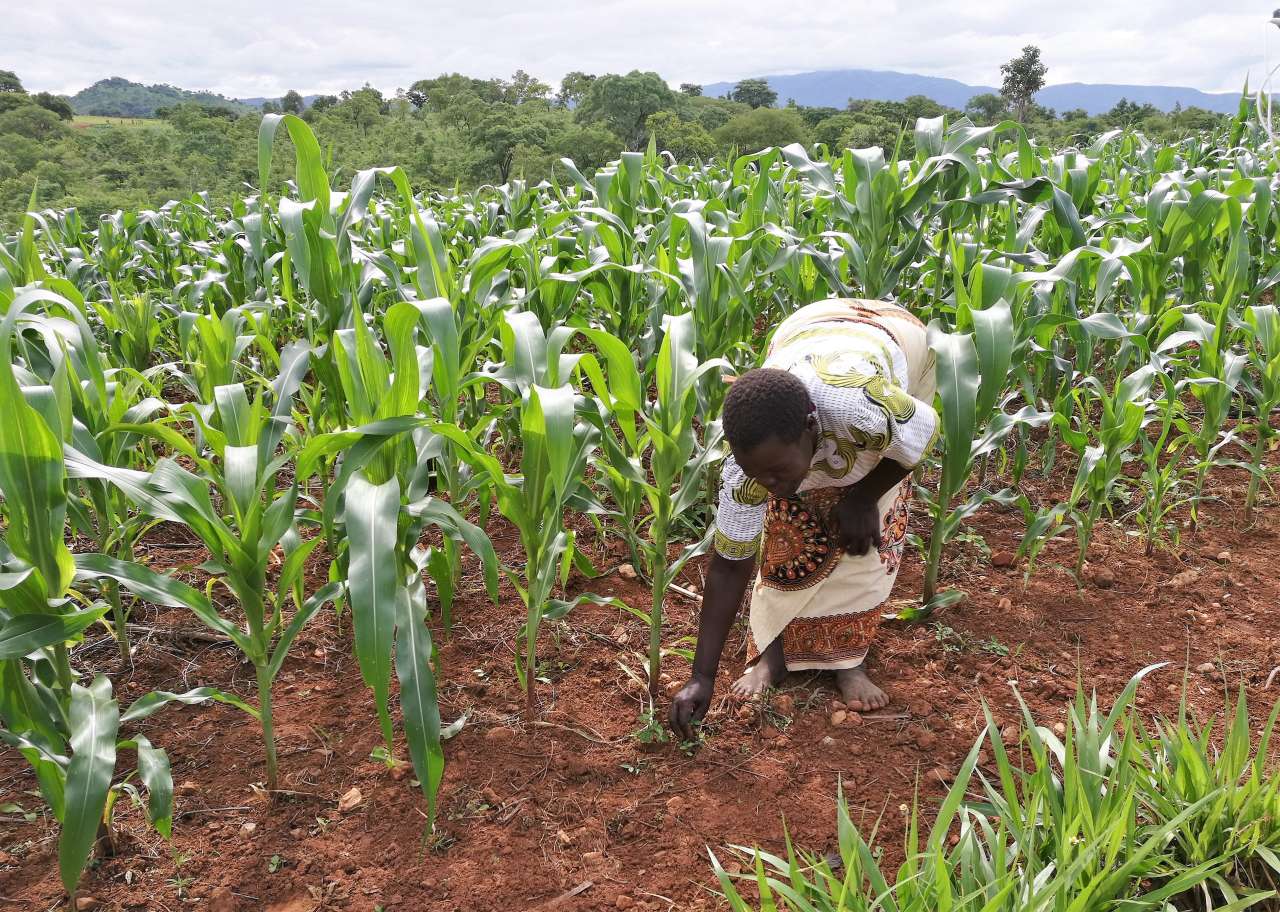
The main goal of the project is to provide a tool for targeted and efficient pest and disease management of selected crops in Malawi. Photo: Berit Nordskog
NIBIO is leading a NOK 50 million international project in Malawi, which will establish a digital agricultural plant health service, providing farmers with a tool for targeted and efficient pest and disease management, increasing yield and reducing the need for pesticides.
Crop losses caused by plant pests, diseases and weeds are estimated at 42% worldwide. Such losses can have devastating impact, particularly in countries relying heavily on subsistence farming.
Synthetic pesticides are the predominant control method, but these chemicals can negatively affect both the environment and health. This has sparked renewed interest for Integrated Pest Management (IPM) - a process that uses all available tools and methods to keep pest populations below a level that would cause economic loss. Many digital systems have been developed to identify, monitor, manage, control, and predict outbreaks of pests and diseases, providing useful information to aid decision making and timing of integrated pest management strategies.
Now, a new international collaborative project led by NIBIO and financed by Norad, Malawi Digital Plant Health Service with National Public Ownership (MaDiPHS), will build on the successes and data assets of such systems, to create a common international platform which will feed into national digital clients. Malawi will be the pilot country.
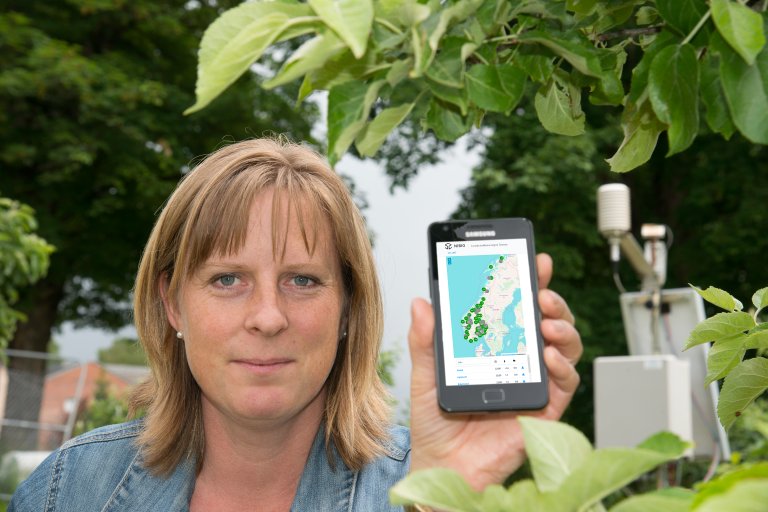
Pest infestations
Malawi, a country in Southern Africa, relies heavily on rainfed agriculture - 80% of the population is engaged in smallholding or subsistence farming growing mainly maize, cassava and sweet potatoes, with maize being the most important crop for food security. The country is periodically hit by food shortages due to events such as droughts, limited modern technological inputs, poor infrastructure, diseases and, in recent years, invasive pests such as Fall Armyworm (FAW) infestation.
- Fall Armyworm has caused great damage to crops in Malawi. In 2020, the devastating abilities of the FAW, coupled with the dependency of maize, affected over 150.000 ha of maize fields, leaving thousands of families at risk of hunger, says Karl Thunes, scientist at NIBIO, who is the project leader.
-The main goal we have is to provide a tool for targeted and efficient pest and disease management of selected crops in Malawi. FAW and maize will represent the first target organism and crop. However, alongside establishing the technology and application, the service will be extended to include information and tools related to other destructive organisms on crops of high relevance for Malawian agriculture, Thunes explains.
To reach this goal, the scientists will establish a digital agricultural plant health service at a national level in Malawi, based on coordination of internationally developed digital systems. The locally adapted service for Malawi will need to be owned and managed by the Malawian government and their capacity developed to improve data collection, data management and ultimately coordination of extension messages.
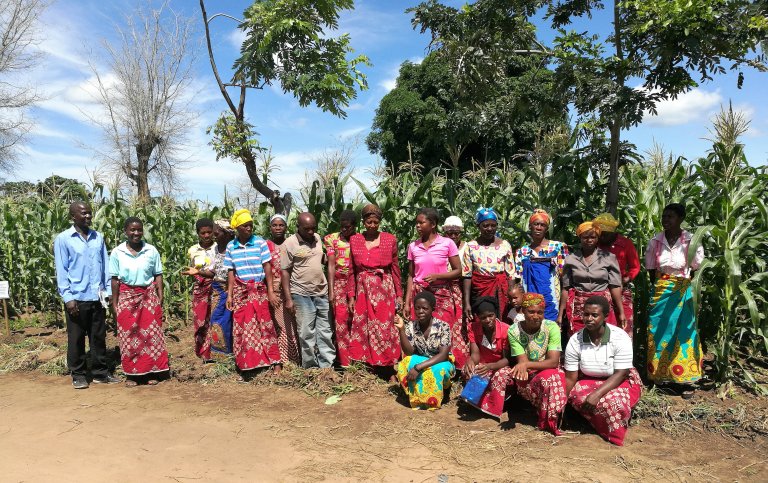
Involving all stakeholders
MaDiPHS will follow a co-production approach to provide information relevant for decision support in agriculture, not only targeting farmers, but also extension workers, research scientists and agricultural decision makers both at a district and national level in Malawi.
-The service will combine national, regional, and global input data with international web platforms to feed into and create a national client adapted system to meet the local user need. We are using the best digital tools that exist. These by their own cover crucial information about pests and diseases; when to scout and for what, how to identify them and give them access to advice and information on how to proceed. It will also include a prediction/early warning service telling them what to expect in the coming days and when to act and what mitigation measures to put into force, the project leader tells.
According to Thunes, by integrating elements from these tools, the farmers will have access to an app that will be a complete tool for use in the field. The project will also bake in other services such as text messages and additional types of communications:
-For instance, a USSD-system. This is very common here in Kenya where I am based, it entails for example text messages or callback service free for the users, Thunes explains, and adds that they will also involve lead farmers in the areas to help spread the information.
-We want them to gain access to good services in real time and for a very, very low cost, he underlines.
NIBIO-platform VIPS included in service
VIPS, an open-source technology platform for prognosis, monitoring and decision support for integrated pest management in agricultural crops, developed by NIBIO, is one of the systems that will be integrated into the service, says Berit Nordskog, scientist at NIBIO.
- the VIPS platform was originally developed to meet the needs of Norwegian agriculture, but it is designed with flexibility in mind, aiming to create new and improved digital tools for better implementation of IPM at an international scale, Nordskog says.
Since 2014, VIPS has been an element of several international projects related to development of integrated pest management tools in Europe, Asia and Africa, including collaboration with organisations such as FAO and IITA. VIPS has been authorised by the UN as a global digital public goods.
- I have become very fond of VIPS, Thunes says.
-It is a very unique product that is easy to sell in. VIPS’s strength lies in it being complementary to other digital tools for integrated pest and disease management (IPM) and will now be part of this international platform for digital plant health services.
Scaled up to other countries
The project will run for 5 years, but already in the first year there are elements from existing systems ready to be presented to the users. Nordskog underlines that the farmers and advisors must be involved as stakeholders from the beginning.
-We have a whole work package that focuses on communication with the end users, she adds.
Being the first initiative of its kind, MaDiPHS will showcase Malawi as a pilot country of an integrated tool which is directly targeting food security and subsistence farming, combining high-end digital technology with on the ground activities impacting livelihoods. Given its success, MaDiPHS will then be an example for other countries to follow, Thunes says.
-In the long run, the idea is that the service can be scaled up and used in other countries in Africa and elsewhere. Therefore, the project has an international grounding. We will use insight and experience gained in the EU project “IPM decisions” – a DSS (Decision Support System) platform where NIBIO contributes to developments related to integration and sharing of data, models and tools to create an international platform, alongside other services from the participating partners. Such an approach is much more efficient and sustainable, compared to many “small mounds”. Knowledge from the European and African systems can be linked, which is a great benefit for all, Nordskog concludes.
Contacts

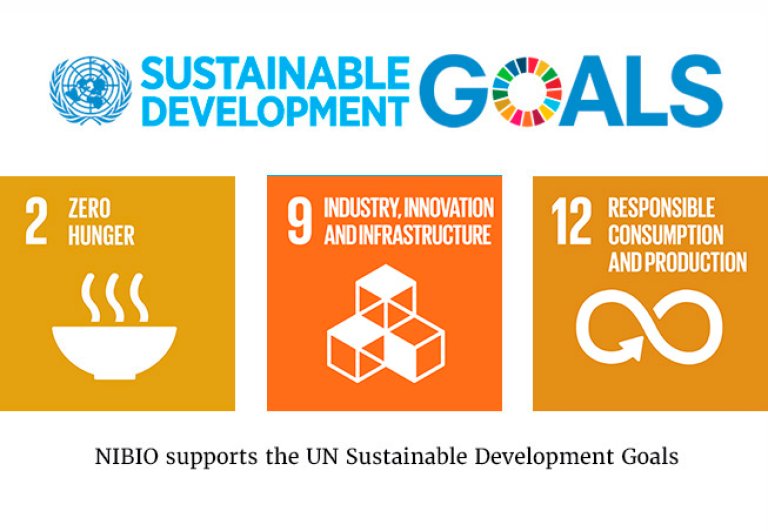
Project partners
Centre for Agriculture and Bioscience International (CABI)
Malawi Ministry of Agriculture – Departments of Agricultural Extension Services (DAES), Agricultural Research Services (DARS) and Crop Development (DCD)
Malawi Ministry of Natural Resources and Climate Change – Department of Climate Change and Meteorological Services (DCCMS)
Food and Agriculture Organisation of the United Nations – Malawi (FAO-Malawi)
International Centre of Insect Physiology and Ecology (icipe)
International Institute of Tropical Agriculture (IITA)
Lilongwe University of Agriculture and Natural Resources (LUANAR)
Norwegian Meteorological Institute (MET Norway)
Norwegian Institute of Bioeconomy Research (NIBIO, lead)
Penn State University (PSU)
Total Land Care (TLC)
The project is financed by Norad - The Norwegian Agency for Development Cooperation.

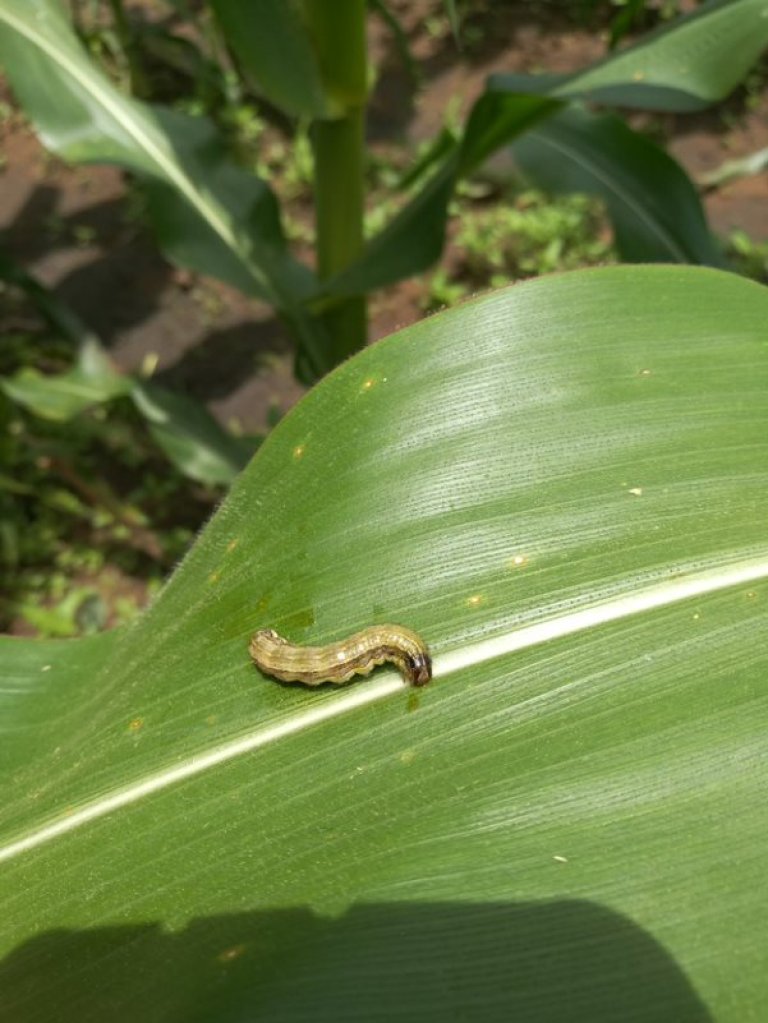
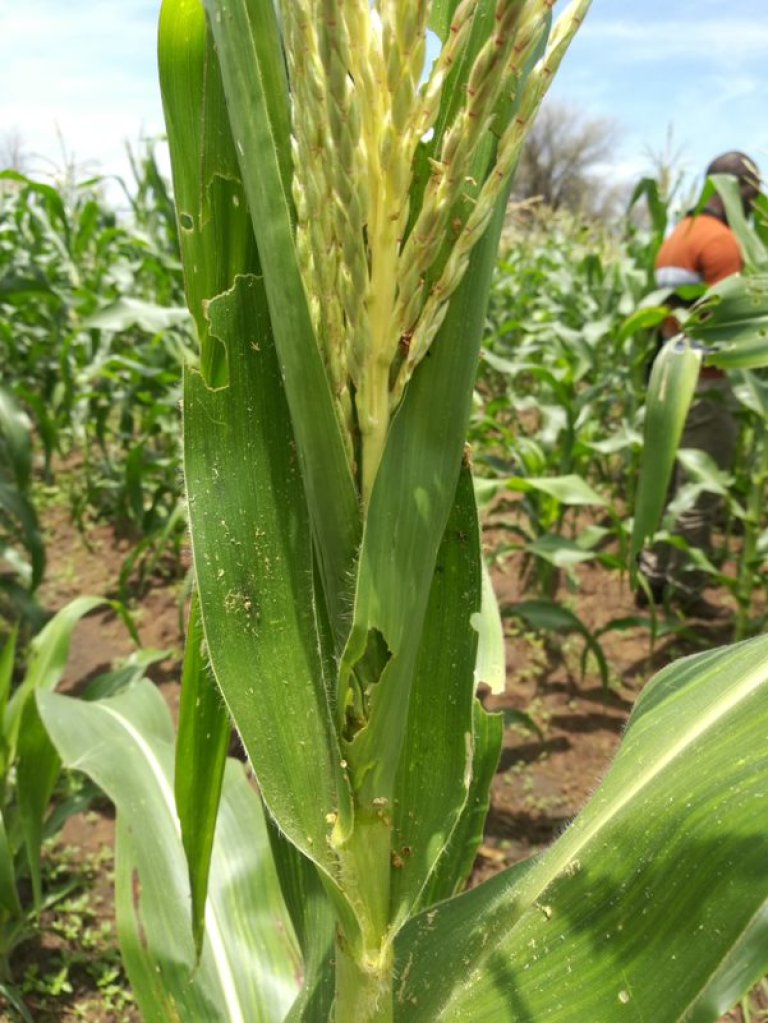
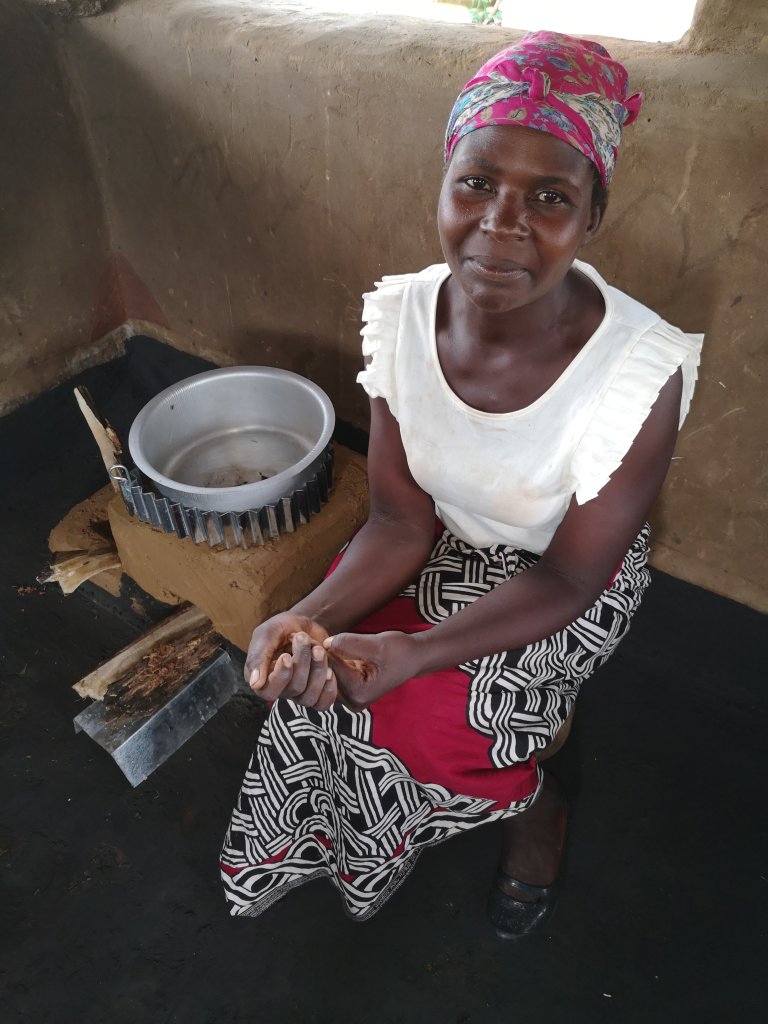
Contacts


